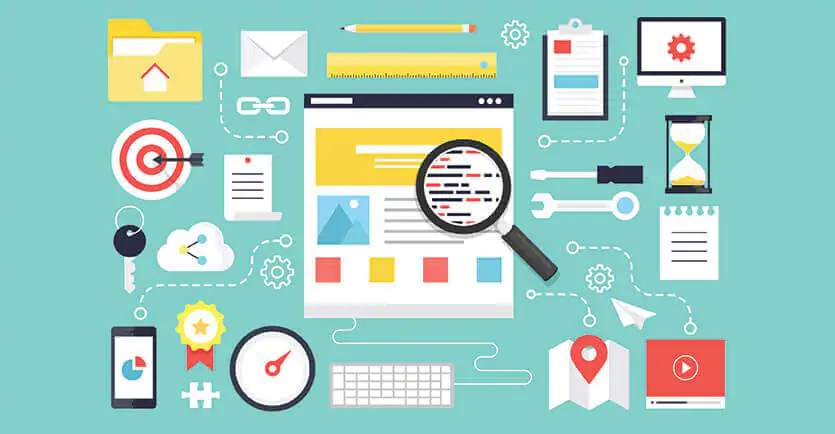How to Plan Online Product/SaaS Development

Online product creation has dramatically changed the role and practice of product management. Due to this, in recent years, several developments, such as saas marketing trends, have allowed online product creation to become mainstream. In this article, you will get answers to some basic questions when planning your software-as-a-service cloud model. Also, we are eager to share more useful information at https://intellisoft.io/.
H2: Advantages and Prospects of SaaS Development
From Google Docs to Zoom, SaaS is appropriate in manifold common business areas, including customer relationship management (CRM), document management, accounting, human resource management (HRM), service, content management, and so on. The obvious benefit of this solution is helping organizations circumvent the need to run software on their computers. In turn, SaaS reduces the cost of purchasing equipment, as well as installing and maintaining it. Quick setup and cost-effectiveness make it one of the simplest models to develop software projects.
H2: 5 Steps to Create a SaaS Product
1. Formulate the Core Mission of Development
The main goal is to find the target audience’s pain points and implement extraordinary industry solutions. Start with analyzing competitors and the market situation in general to explore outstanding business opportunities. A clear understanding of it is a priority element, as is setting goals at an early stage. Bear in mind that high user demand will help you achieve better results. For this, give answers to the main question: How will my SaaS simplify people’s lives and make money for me?
2. Decide on a Revenue Model
No matter how good your product is, without a considered pricing model, you will not attract new users. Depending on the final product, there are several types of project monetization. It can be freemium, subscription, pay-as-you-go models, or good old advertising on platforms like YouTube.
The first monetization model allows users to have the full functionality for free. The income is generated from additional development opportunities that users will have to pay for.
The second option is the most popular. It works on the mechanisms of short-term “rent” – subscription for a certain number of hours, days, months, etc.
The pay-as-you-go model is to match the payment to the amount of application used. It is simple: the more they use your app, the more money you get.
Donations are also possible. Adding this functionality is a good way to support social or non-profit projects.
3. Form a Team
For businesses, a reliable team of professionals can be a strategic step in their growth journey. You will regularly need experts such as software developers, business examiners, designers, along with quality analysts, architects, and project managers to develop supersensual SaaS.
4. Prepare the SaaS MVP
Define requirements and technical stack, like the programming language, framework, and software development kits that comply with the final product. Then build a mockup for development with basic features. The aim at this stage is to spend as little time and money as possible to test the concept and see if users are willing to pay for it.
5. Never Stop Improving
Apply a zero-downtime strategy, in which you will provide access to your development, even when it is updating. Continuous improvement is always crucial in a SaaS product. Follow world trends, gather product feedback, and keep in mind core ideas to make your project a top-drawer!
H3: To Sum Up
Software-as-a-service is a phenomenon that offers clear benefits for many companies. It is no secret that a high-quality SaaS requires a bunch of time, as well as resources from a trustworthy team to develop. At the same time, with a carefully thought-out development strategy, the final result will pay off the effort spent!





